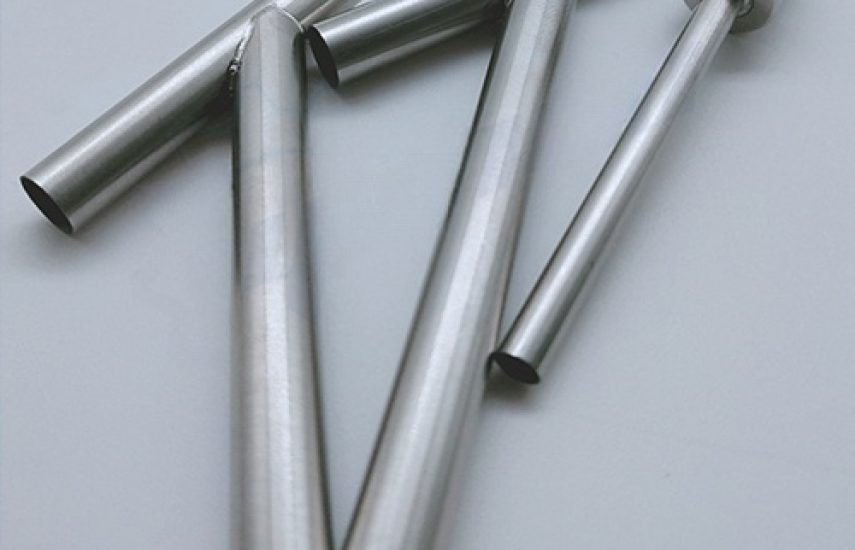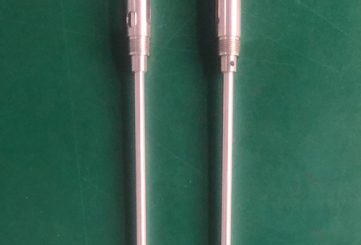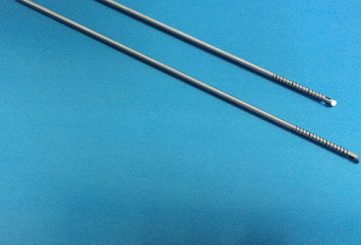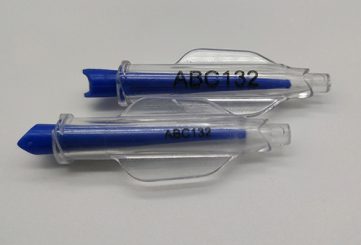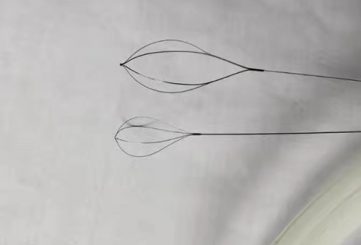لحام جسم أنبوب الفولاذ المقاوم للصدأ
Stainless Steel Tube Body Welding – high-integrity laser welding for tube bodies
Stainless Steel Tube Body Welding is a precision laser welding process engineered to fuse stainless steel tube bodies seamlessly. Tailored for components where structural strength, corrosion resistance, and clean internal and external finishes are essential. Ideal for medical instruments, implants, fluid delivery systems, and any application involving stainless steel tubular parts.
Key features:
- Welding spot diameter: < Ø200 µm for ultra-fine, durable welds
- Surface finish: no deformation, bumps, or discoloration
- Clamping & alignment control: pneumatic automatic clamping with stable alignment to ensure consistency
- Material versatility: compatible with multiple stainless steel grades (austenitic, ferritic, duplex, martensitic)
- Precision programming: 2D and 2.5D CAM workflow for repeatable path programming and process stability
Certification and Standards:
Manufactured under ISO9001 and ISO13485 certified quality management systems; process conforms to international medical device regulations ensuring traceability, structural integrity, and compliance with hygiene and safety standards.
Copper (Cu):
A conductive, antimicrobial metal used in medical equipment and coatings. Its excellent electrical conductivity and natural resistance to bacteria enhance device functionality and hygiene.
Aluminum alloy:
Aluminum Alloys are lightweight, medical-grade materials valued for their excellent corrosion resistance and high strength-to-weight ratio. With tensile strength typically ranging from 200–600 MPa and good ductility, they offer durability for medical and industrial applications. Their biocompatibility supports use in non-implantable devices and components. Laser-machined for smooth, burr-free surfaces, they minimize contamination risks and ensure compatibility with sterilization processes.
Tantalum:
Tantalum is a highly corrosion-resistant, biocompatible metal with excellent strength and ductility. Ideal for precision laser welding, it ensures robust, smooth joints for critical medical components like implants and surgical instruments, offering superior radiopacity and durability.
Cobalt Base:
Cobalt Base alloys are highly durable, corrosion-resistant materials with excellent strength and biocompatibility. Perfect for precision laser welding, they provide robust, smooth welds for medical components like stone retrieval baskets.
Stainless Steel SUS304:
Medical-grade SUS304 stainless steel (austenitic chromium-nickel alloy), offering excellent corrosion resistance and mechanical properties.
- التوافق الحيوي: Low risk of allergic reactions or toxicity, ideal for direct tissue contact in medical procedures.
- Mechanical Properties: High tensile strength (approximately 505 MPa) and elongation (up to 40%), providing flexibility without brittleness.
- Surface Finish: Laser-machined for smooth, burr-free edges, reducing the potential for tissue trauma or contamination.
- Thermal Stability: Maintains integrity across a wide temperature range, suitable for sterilization processes like autoclaving.
Platinum-Iridium:
Platinum-Iridium is a biocompatible, corrosion-resistant alloy with exceptional durability and conductivity. Ideal for precision laser welding, it ensures strong, smooth joints for critical medical components like stone basket heads.
Nickel-Titanium alloy:
النيتينول (NiTi)، وهو سبيكة من النيكل والتيتانيوم، مشهور بمرونته الفائقة وذاكرته الشكلية، مما يجعله رائدًا في التطبيقات الطبية. بفضل قوة شد تصل إلى 1200 ميجا باسكال ومعامل مرونة يتراوح بين 40 و75 جيجا باسكال، يتفوق النيتينول في البيئات الصعبة.
- Stainless steel tube bodies for medical devices and implants
- Fluid delivery systems requiring clean interior and exterior surfaces
- Surgical instruments and diagnostic devices using tubular stainless components
- Welding spot diameter: < 200 µm
- Finish: no deformation, bumps, or discoloration
- Clamping & alignment: pneumatic automatic control
- Material compatibility: stainless steel (multiple grades)
- Software: 2D and 2.5D CAM for path programming and repeatability

